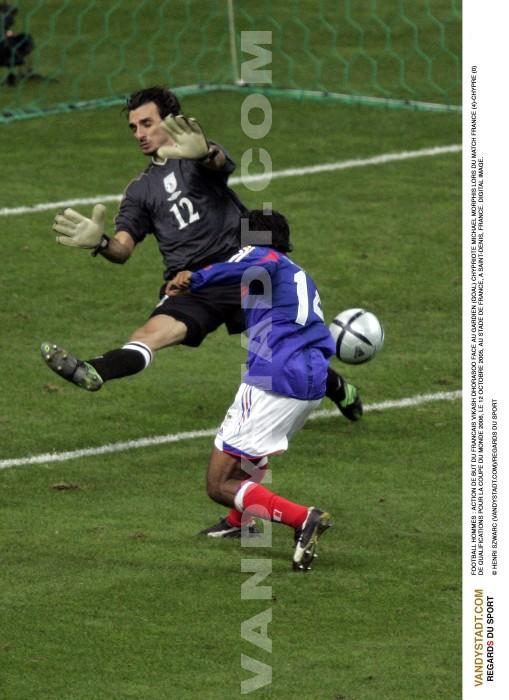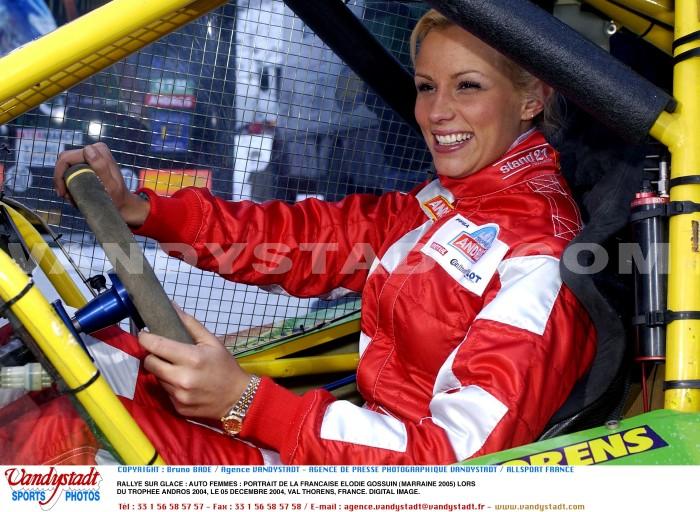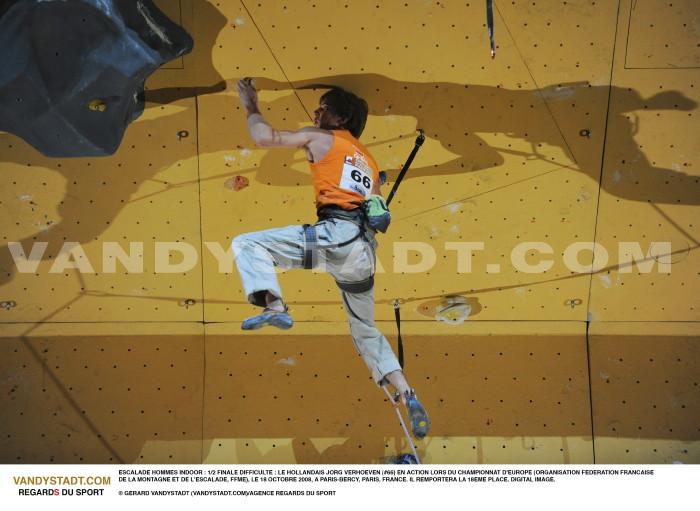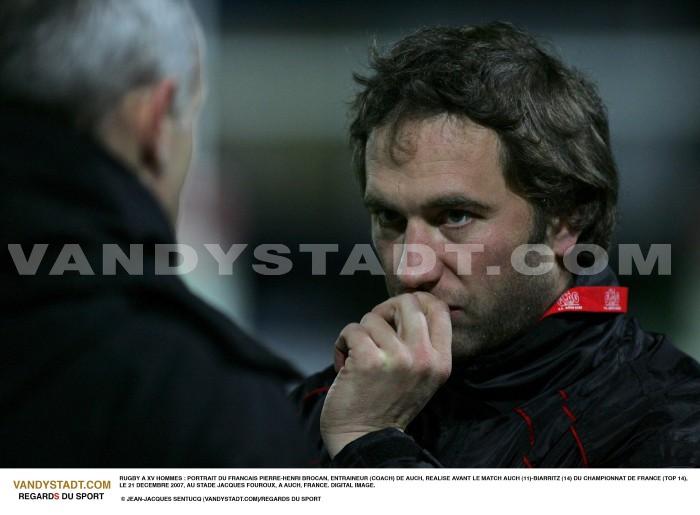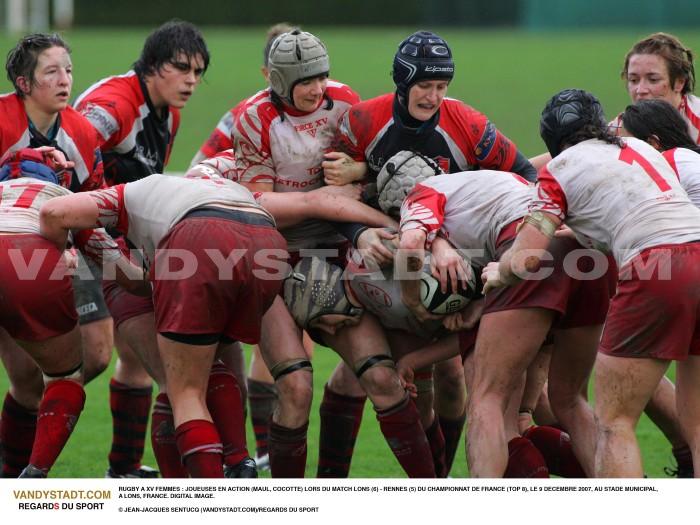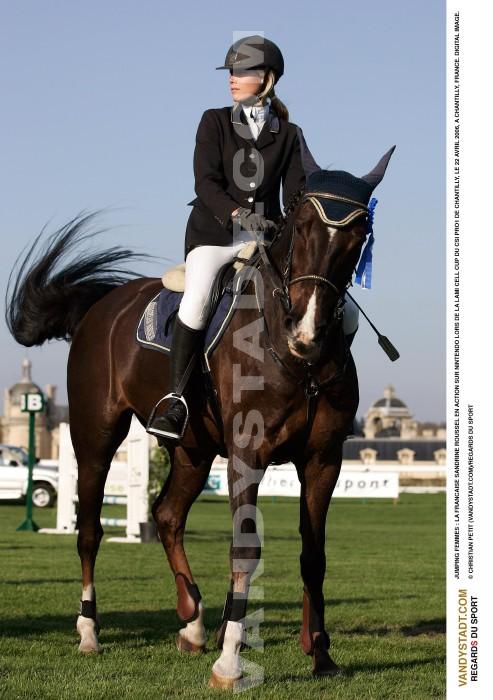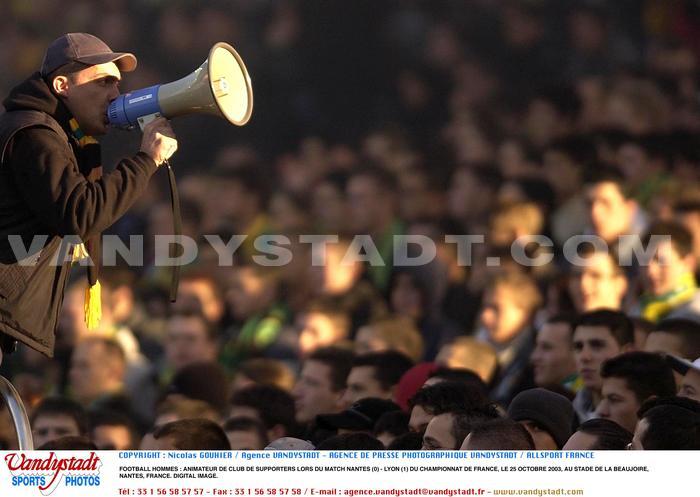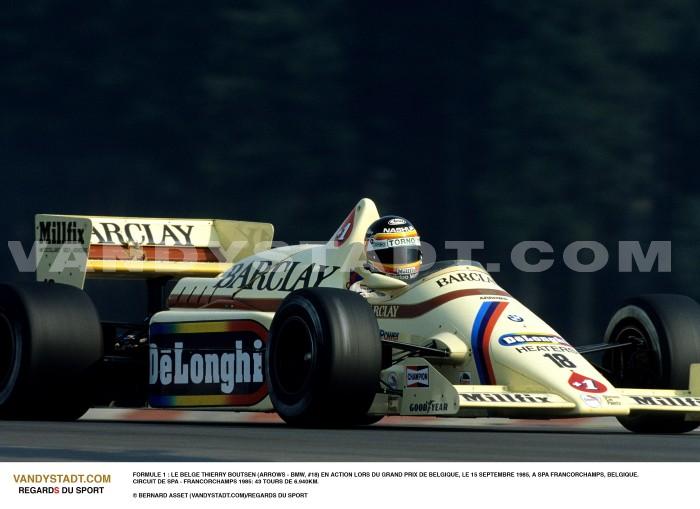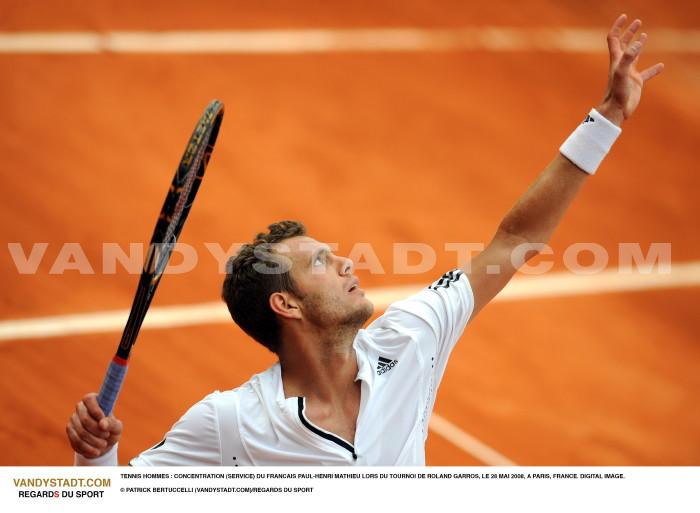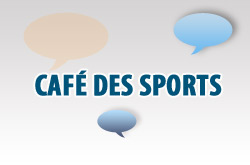Tennis de table - Table Tennis history
Table Tennis - Olympic Sport
![]()
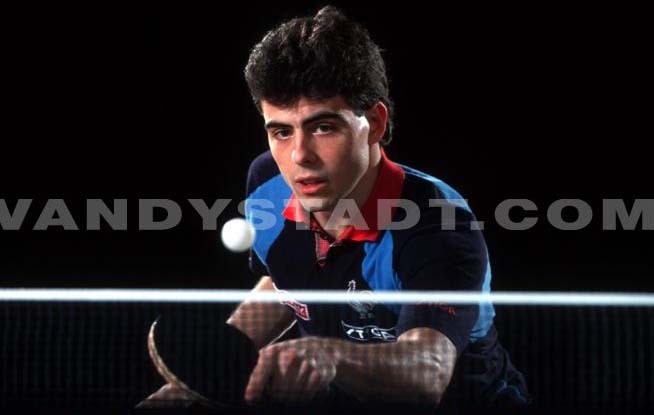
Or ... Gossima. Whiff-Whaff ... ... ... Flim-Flam .. Ping-Pong.
History
Table tennis, considered a version of 'miniature' tennis, was born in the 19th century. At that time, it was an indoor game played by officers of the British army in India and South Africa. They played with lids of cigar boxes rackets and a carved champagne cork for a ball.
Sir Ivor Montagu (1904 -1986), former student at the University of Cambridge, founding president of the International Federation of Table Tennis and the spiritual father of modern table tennis writes about the origin of the game: "The first mention , from the catalog of a manufacturer of sports is that of FH Ayres in 1884. The patent is the oldest of the ball, in connection with the game, is the number 19,070 was filed in 1891 by Charles Baxter Moreton in the Marsh, the Committee of Gloucester in England. "It was he who codified the first rules of game in 1922.
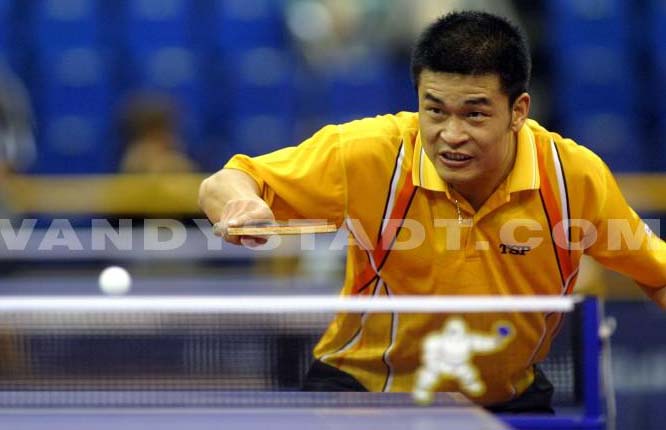
The first tournament took place at Chiswick near London in October 1901 and a magazine came into being in 1902. In France, table tennis came from Côte d'Azur in 1902 and soon the whole world played table tennis.
In 1900, celluloid balls replacing the balls of cork, wood or rubber, were imported by the English engineer James Gibb of the United States, and contributed to the development of the sport. Later, in 1924, the English EC Goode was the first to cover the wooden racket with a layer of rubber picot. The rules, in turn, evolved over time, table tennis from a sports defense slow to attack a sport very quickly.
James. JJ Payne Luton and Percival Bromfield in Beckenham, a British national champion, was joined by AF Carris Manchester, as well as other veterans and newcomers. In 1920 they formed an association of "ping-pong, but finding themselves limited by the legally registered trademark in the commercial register, they had to dissolve immediately and reorganized the same day under the name" table tennis "and drew up a code of laws of the game, focuses on the certainty of winning his national approval by all supporters of this game, and encouraging a high level of equipment to use. The system chosen was double that charged in the old days in Manchester. Four years later, copies of the code had been circulated and generally accepted. It became the basis of the laws of the game world and the name "table tennis" the official name. The table took its dimensions through the formalization of the table made by Ayres Corporation. The net was lowered in 1936.
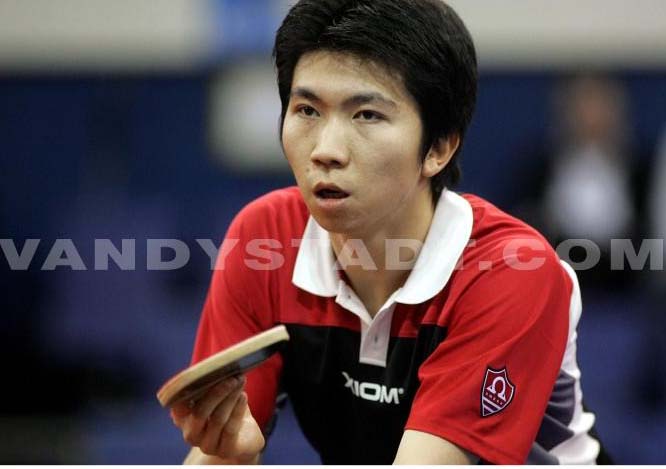
The International Federation of Table Tennis
(ITTF) was founded in 1926 by five nations, Austria, England, Germany, Hungary and Sweden, 195 nations are affiliated.
The French Federation of Table Tennis
Federation leader since 1933, it became official in 1935.
Some important dates Table Tennis french
- 1926: First World Championship won by the Hungarian Dr. Roland Jacobi men and the legendary player Maria Mednyánszky (she collected a record 16 world titles) in women.
- 1958: First European Championship
- 1976: Jacques Secretin is champion of Europe.
- 1977: J. Secretin and C. Bergeret are world champions in mixed doubles. Listed first stamp on table tennis.
- 1981: table tennis is an Olympic sport recognized by the IOC.
- 1988: The European Championships take place at Bercy. The France won the European Super League-Division. J. P.Gatien and P. Birocheau qualify for singles and doubles at the Olympics.
- 1990: JP Gatien and Xiao-Ming Wang are European champions in mixed doubles.
- 1992: JP Gatien is vice Olympic champion.
- 1993: JP Gatien is world champion.
- 1994: JP Gatien won the WorldCup.
1995 - Levallois-Perret won the European Cup.
- 1999: Caen Wins First Champions League.
- 2000: JP. Gatien, P. Chila are European champions and Olympic bronze medalist in double
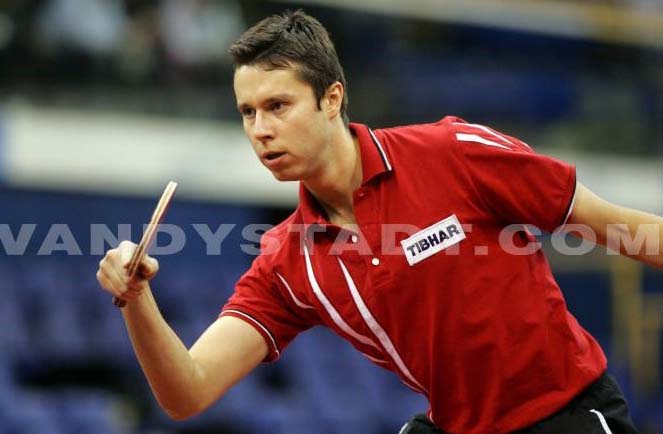
In 1900, the name "ping pong" was filed in the United States by the Englishman James Gibb, the first importer of celluloid balls in England, after the sound they produced by bouncing on a surface.
Table tennis and Olympism
Olympic sport since 1988, table tennis competes in four events: the single and double for men and
for women.
Equipment
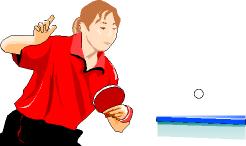
The table
1. Dimensions: length 274 cm - width 152.5 cm - height 76 cm.
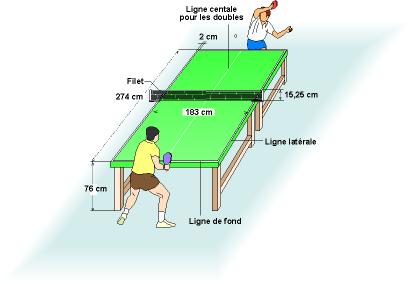
2. Features
- When the ball drops from a height of 30 cm, the rebound should be between 22 and 25 cm).
The racket

Wood (the range should be 85% wood) and carbon fiber coated with rubber.
There are different kinds of coatings:
- Soft
The pins are turned outwards. These coatings are very often focused on speed. The rubber is often very hard. The adhesion is low, which allows it to be insensitive to adverse effects. Ideal for the game of block and cons attack.
- Pimples without foam
The pin allows an excellent ball control but very little speed and variety of game it is less used today.
- Long Pimples
The pins are turned outwards and are distinguished by their length. Few members, but extremely flexible, the spikes fold''and''catapult the ball. The effect of this is variable depending on the strength of catapults and following the effect printed by the adversary. They exist in offensive and defensive version. Controlling the ball is relatively difficult, but the effects are quite surprising for the opponent.
- Anti-spin
Smooth, spikes turned inward surface without adhesion, immune to adverse effects. Advantage: excellent control of adverse effects. The effect of the opponent back (a ball cut by the enemy and returned becomes a ball stubbed). Disadvantage: does not own effect.
The net
Height 15.25 cm net - net length 183 cm.
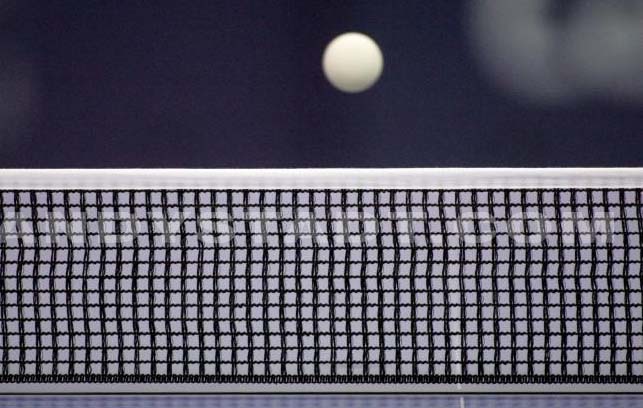
The ball
Hollow celluloid
1. Weight: 2.70 g.
2. Color: white or orange mate
3. Diameter: 40 mm Competition (38 mm before 2001).
To slow down the game and make it more telegenic, the diameter of the ball from 38 mm to 40 mm. Valid in competitions since 2001.
Did you know
- A tennis ball table can reach 180 mph?
- Players apply their rackets different components and adhesives to maximize their effect or vitesse.Aux OJ, some glues are banned because they can increase the ball speed of 30 km / h.
From September 2008, the glue 'rapid' containing toxic volatile components will be prohibited because it can cause health concerns (allergies, respiratory problems) and the environment.
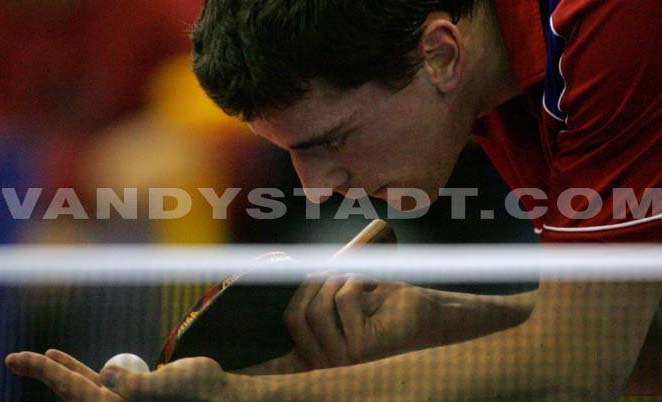
Competition
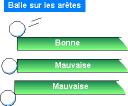
Since September 2001
:
International competitions will compete in 11-point sets with at least 2 points away from the opponent. If equal to 10 -10, it would take 2 points away to decide the winner. The games are played in best of five sets.
Before 2001: a round was won by the player (or pair) on the first scoring 21 points unless both players (or pairs) have each scored 20 points. In this case, the winner of the round was the player (or pair) marking the first 2 points more than the player (or pair) side.
A new rule regarding the service allows the recipient to always see the ball, the server at any time to hide with his arm or another body part.
Regarding the taking
- Taking classic: Taking the most common worldwide, similar to shaking hands with the racquet, providing the player the best balance between the forehand and backhand.
- Taking pen: Taking widespread in China in which the racket is held like a pencil, the tip of the racket pointing down, favoring the forehand but weakening the side.
Rule Acceleration: system in place to shorten the duration of a match, usually after 10 minutes of game players take turns serving and the receiver scores a point if he or she turns 13 shots in a row.
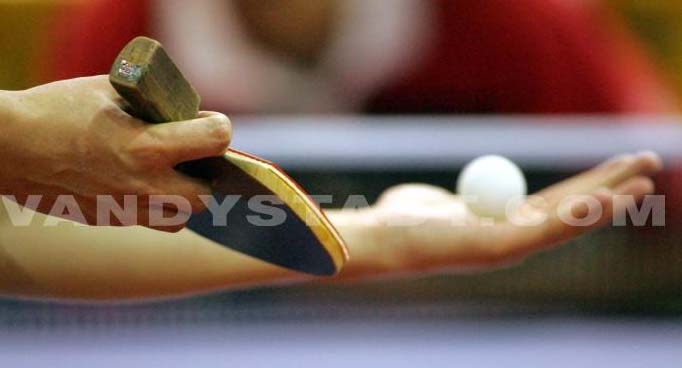
Point
A player loses one point:
1. if it fails to make a good service;
2. if a good service or a good reference to have been executed by his opponent, he failed to make a good reference;
3. he takes the ball fly;
4. if he, or what it is, touches the ball in play until it has passed the end line or side line while not yet touched the playing surface of its side of the net after that it was hit by his opponent;
5. if he, or what it is, touches the net or its supports while the ball is in play (obstruction);
6. if he, or what it is, moves the playing surface while the ball is in play;
7. if his free hand touches the playing surface while the ball is in play;
8. duplicated if he hits the ball out of turn, unless there was a real error in the order of play;
9. if the rule during acceleration, service and twelve good references from the server or each pair are followed by good references from the raiser or pair raisers.
Record
170 exchanges of bullets in a minute made in February 1986 in Newcastle at the National Championships of Great Britain between Allan Cooke and Desmond Douglas , 3 exchanges per second!
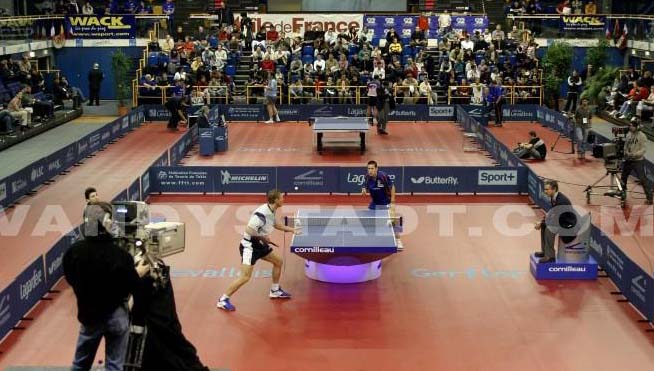
Glossary
Push: This is the action easier to achieve. It offers maximum security, high precision, possibilities of change of velocity. The racket "welcomes" the ball (it does not conflict). She accompanies forward.
Hitting: When the ball hits the racket, it speeds up.
Advantages: great speed to the ball as accurately as possible.
Rotate: the trajectory of the ball is determined by the speed and the effect it gives. To give effect must have an approach to the ball fairly slow speed and by touching the ball.
Damping: is playing the ball to leave again it slower, far less.
Opposition: when the ball hit the racket, the shock is only giving the ball its new speed.
Depreciated: I back the racket when the ball is in contact.
Attack: aggressive play, based on the acceleration and rotation before.
Defense: waiting game, based on the variations of cutting and pace.
Cons: set speed based on the placement of the ball and use the speed side.
Terminal blow: blow very violent. Usually a direct blow, intended to complete the exchange.
Top spin: Serve with lots of forward rotation, the gesture that the product is carried out from bottom to top.
Top hits: top spin with a very high speed.
Side spin: top spin which deflects laterally.
Flip: violent attack on ball very short.
Block: take the ball near the bounce (half-volley).
Serve cut (chopée) the ball with backspin.
Retro: ball very muted. Usually quite high, which comes back from the rebound on the table.
Stroller: exchange of the ball pushed from below.
Camouflage: action of giving false information to the opponent not to disclose the action taken. Most used the service.
Play forehand: is playing with the palm facing the opponent (thus the right body for a right-handed, left the body for a lefty).
Play in reverse: it is playing with the back of his hand to the opponent.
Playing in the stomach: this target the body of the enemy is a tactic often very effective.
To overcome this situation, there are two possibilities:
- The simplest: pushing the ball back;
- The most efficient and play dodge forehand. For this, the body largely deported to the corner setback to liberate his forehand.
Copyright Sportquick/Promedi








